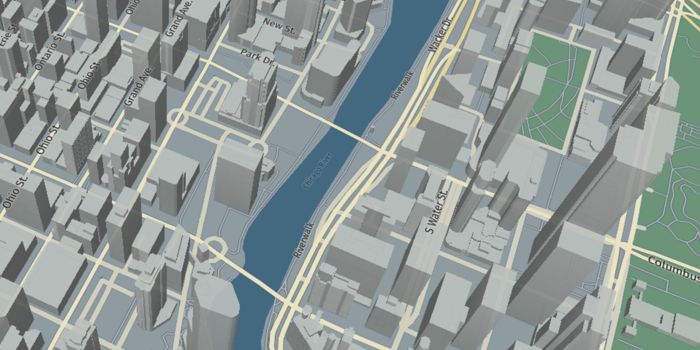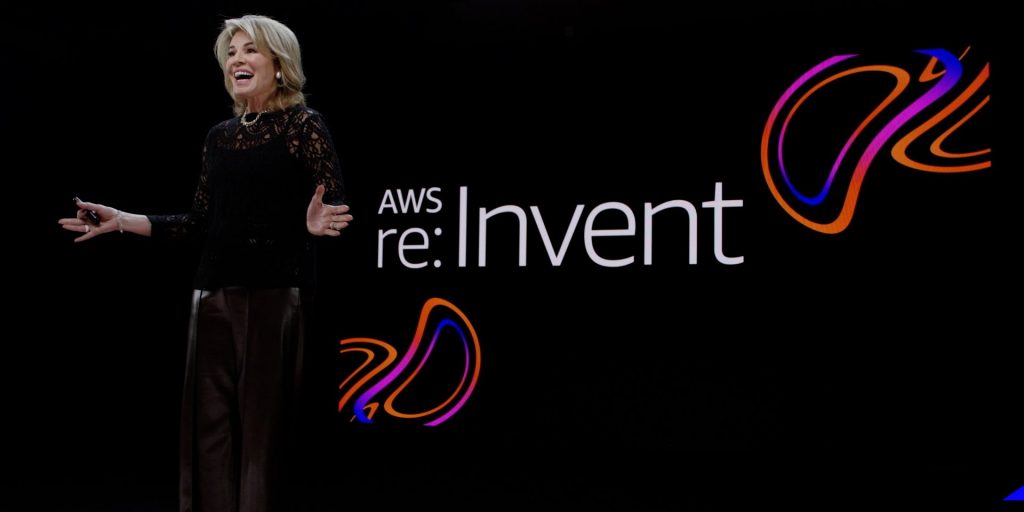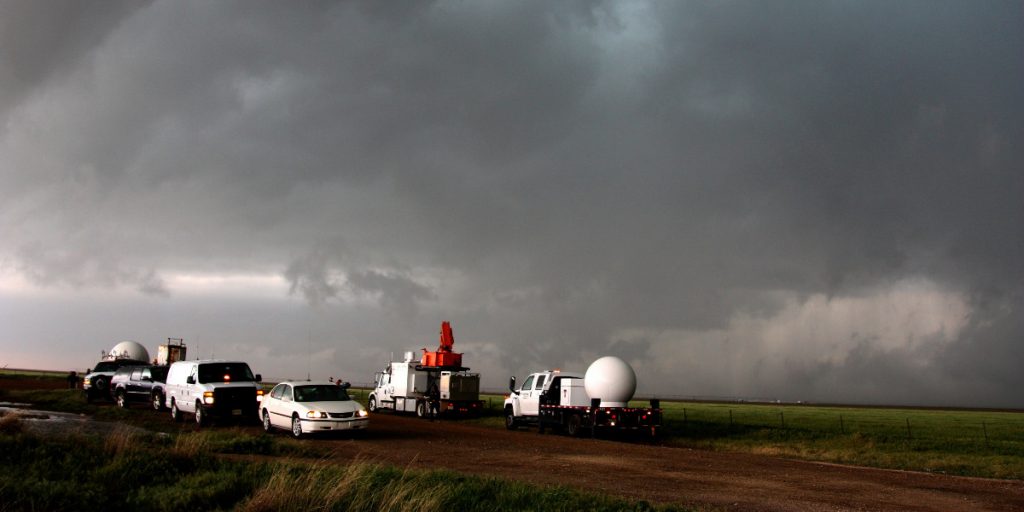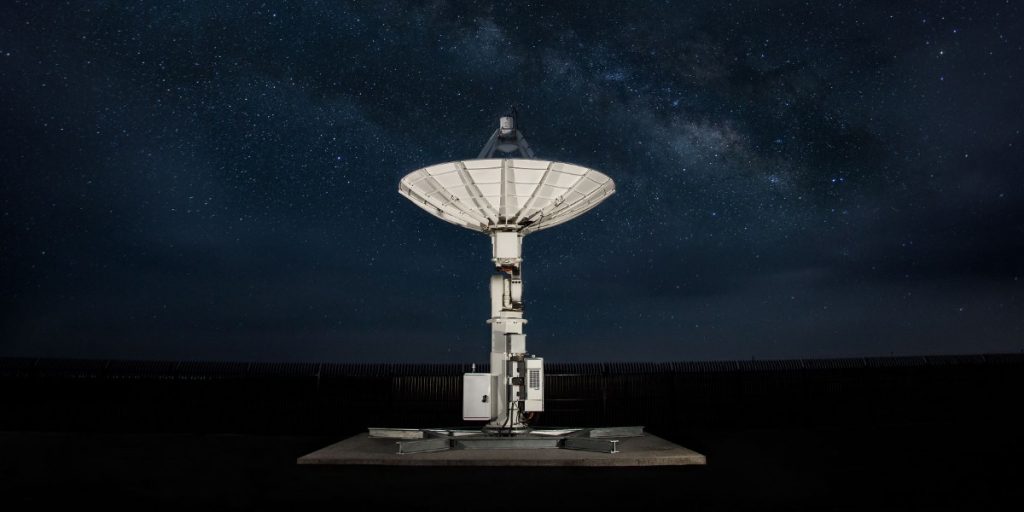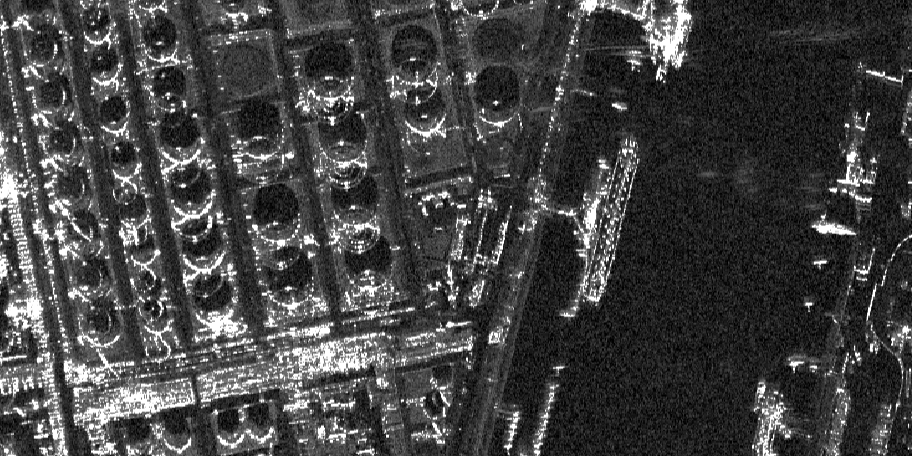AWS Public Sector Blog
Category: Aerospace & Satellite
The value of partner integration: Esri, HERE Technologies, and Amazon Location Service
At re:Invent 2020, AWS announced the release of Amazon Location Service in preview. The fully managed service helps developers add location data to their applications while maintaining data security and user privacy. Amazon Location Service integrates data sources and services from AWS Partners Esri and HERE. AWS built Amazon Location Service to help users access high-quality global data from these longtime, trusted, geospatial location data providers.
5 things we’ve learned this year in the cloud for the public sector
This year, global health and economy challenged government, education, nonprofit, and health organizations to rethink operations. With a focus on their mission, organizations quickly shifted to better and more quickly serve their constituents, students, and customers. Many took advantage of ways to innovate and consider adopting the cloud. AWS looked for ways to help these organizations, educating them on the power of the cloud—no matter where they were on their cloud journey—as well as sharing inspiring stories from their peers. Here’s what we learned.
Mohammed Bin Rashid Space Centre uses AWS Ground Station to support UAE and global industry development
When wildfires broke out across northern and central California in August, a remote-sensing Earth observation satellite watched 381 miles (613 kilometers) above the planet’s surface. Built entirely in the United Arab Emirates (UAE) for the Mohammed Bin Rashid Space Centre (MBRSC), KhalifaSat captured imagery that could help governmental agencies and first responders monitor and assess the impact of the destructive blazes. To help KhalifaSat maintain continual coverage, MBRSC uses cloud services from AWS including AWS Ground Station.
From complexity to clarity: The strategic value of AWS—What you missed at re:Invent 2020
At re:Invent 2020, Teresa Carlson, vice president and leader of AWS public sector and industry business units, shared stories of how cloud technology has proven critical for organizations to move fast and respond to a new reality shaped by COVID-19. Teresa also welcomed customers UK Biobank, Capella Space, and Wefarm to share their own experiences with solving some of the world’s most pressing challenges using the cloud. Here are 10 key takeaways that show what’s next for the public sector.
Collecting data in remote oceans with a cost-efficient, scalable, and flexible infrastructure
Saildrone builds and operates a fleet of unmanned surface vehicles (USVs) designed to collect high-resolution oceanographic and atmospheric data in remote oceans. Known as saildrones, each vehicle can stay at sea for up to 12 months, transmitting real-time data via satellite. The data collected is used to inform climate models and extreme weather prediction, maritime domain awareness, maps and charts, and sustainable management of resources. Using clean, renewable wind and solar power, saildrones provide access to the world’s oceans at a fraction of the cost of traditional ship-based methods, while drastically reducing the carbon footprint of global ocean observation.
What not to miss and how to make the most of re:Invent 2020 for the public sector
AWS re:Invent is back for 2020, and for the first time it’s all virtual and free. AWS re:Invent has become the world’s premier cloud learning event, and this year, we’ll feature sessions focused on how public sector organizations are using the cloud to improve the lives of constituents, patients, customers, and more. The event, kicking off on November 30 and lasting three weeks through December 18, will feature keynotes, leadership sessions, lightning talks, and core sessions tailored for the public sector. To help you make the most of re:Invent 2020, we created the AWS re:Invent Public Sector Virtual Attendee Guide, and the latest episode of The Brief.
50 years of innovation: How open data is supporting NOAA’s “science, service, and stewardship” mission
This month, the National Oceanic and Atmospheric Administration (NOAA) celebrates 50 years of “science, service, and stewardship.” Over the past five decades, NOAA has demonstrated its ability to push the boundaries of technological innovation to collect and understand data, as well as share that knowledge and information with others. AWS supports NOAA’s mission, in particular by providing public access to the agency’s environmental datasets since 2015 through the Registry of Open Data on AWS.
Building cloud-based community knowledge about machine learning to predict and understand extreme weather
The National Center for Atmospheric Research (NCAR) is a federally funded research and development center sponsored by the National Science Foundation. It engages in large-scale Earth system science research projects in collaboration with the broader university community. NCAR hosts visitors from around the world, develops community models including the Community Earth System Model and the Weather Research and Forecasting Model, and maintains supercomputers, observational systems, and aircraft to support further study on the how the planet works. As part of the Amazon Sustainability Data Initiative, we invited Dr. David John Gagne, machine learning (ML) scientist at NCAR, to share how open data and machine learning on AWS are impacting the way we predict and understand extreme weather.
Capella uses space to bring you closer to Earth
Capella Space, a provider of on-demand Earth observation data via synthetic aperture radar (SAR), is going all-in on AWS. Capella runs its entire IT infrastructure on AWS to automate and scale its operations. AWS Ground Station makes it simple and cost effective for Capella to command and control its constellation and receive its satellite data directly into AWS using a fully managed network of antenna systems located around the world.
Capella and SpaceNet deliver unique views of Earth with machine learning on AWS
The breadth of challenges that can be addressed by overhead imagery is broad and continues to grow as new and improved sensors are deployed. To make the best use of this data, you need to have high-quality training data—data that you know is true (often called ground truth data) so that your algorithms can learn from it. A lack of this high-quality labeled training data continues to impede progress in many areas of remote sensing analytics, including machine learning. Two of the SpaceNet collaborators, Capella Space and AWS, are providing access to a unique dataset to help foster innovation in geospatial-based artificial intelligence. Learn more about Earth observation data, the SpaceNet 6 Challenge, and available datasets.
